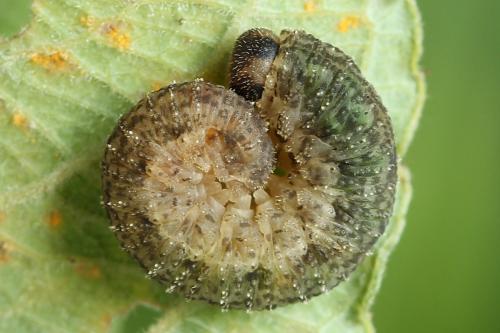
Andrey Ponomarev : Russie : Orekhovo-Zuyevo : 142601 : 22/09/2018
Altitude : 123 m - Taille : -
Réf. : 224996
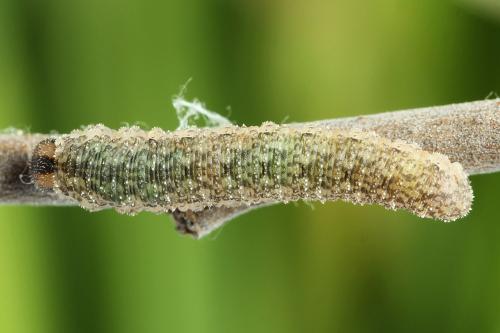
Andrey Ponomarev : Russie : Orekhovo-Zuyevo : 142601 : 22/09/2018
Altitude : 123 m - Taille : -
Réf. : 224997

Andrey Ponomarev : Russie : Orekhovo-Zuyevo : 142601 : 22/09/2018
Altitude : 123 m - Taille : -
Réf. : 224998

Andrey Ponomarev : Russie : Orekhovo-Zuyevo : 142601 : 27/09/2018
Altitude : 123 m - Taille : -
Réf. : 224999

Andrey Ponomarev : Russie : Orekhovo-Zuyevo : 142601 : 27/09/2018
Altitude : 123 m - Taille : -
Réf. : 225000

Andrey Ponomarev : Russie : Orekhovo-Zuyevo : 142601 : 27/09/2018
Altitude : 123 m - Taille : -
Réf. : 225001
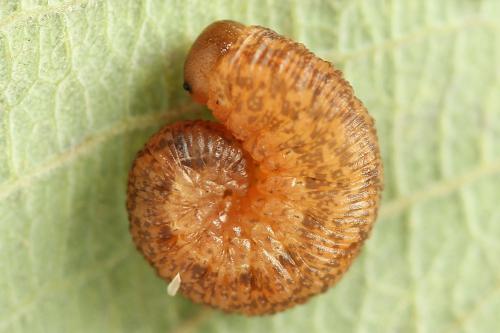
Andrey Ponomarev : Russie : Orekhovo-Zuyevo : 142601 : 28/09/2018
Altitude : 123 m - Taille : -
Réf. : 225003

Andrey Ponomarev : Russie : Orekhovo-Zuyevo : 142601 : 26/01/2019
Altitude : 123 m - Taille : -
Réf. : 225004

Andrey Ponomarev : Russie : Orekhovo-Zuyevo : 142601 : 26/01/2019
Altitude : 123 m - Taille : -
Réf. : 225005

Andrey Ponomarev : Russie : Orekhovo-Zuyevo : 142601 : 26/01/2019
Altitude : 123 m - Taille : -
Réf. : 225006

Andrey Ponomarev : Russie : Orekhovo-Zuyevo : 142601 : 26/01/2019
Altitude : 123 m - Taille : -
Réf. : 225007

Andrey Ponomarev : Russie : Orekhovo-Zuyevo : 142601 : 26/01/2019
Altitude : 123 m - Taille : -
Réf. : 225008

Andrey Ponomarev : Russie : Orekhovo-Zuyevo : 142601 : 26/01/2019
Altitude : 123 m - Taille : -
Réf. : 225009

Andrey Ponomarev : Russie : Orekhovo-Zuyevo : 142601 : 26/01/2019
Altitude : 123 m - Taille : -
Réf. : 225010

Andrey Ponomarev : Russie : Orekhovo-Zuyevo : 142601 : 26/01/2019
Altitude : 123 m - Taille : -
Réf. : 225011

Andrey Ponomarev : Russie : Orekhovo-Zuyevo : 142601 : 26/01/2019
Altitude : 123 m - Taille : -
Réf. : 225012

Andrey Ponomarev : Russie : Orekhovo-Zuyevo : 142601 : 26/01/2019
Altitude : 123 m - Taille : -
Réf. : 225013

Andrey Ponomarev : Russie : Orekhovo-Zuyevo : 142601 : 26/01/2019
Altitude : 123 m - Taille : -
Réf. : 225014

Andrey Ponomarev : Russie : Orekhovo-Zuyevo : 142601 : 26/01/2019
Altitude : 123 m - Taille : -
Réf. : 225015

Andrey Ponomarev : Russie : Orekhovo-Zuyevo : 142601 : 26/01/2019
Altitude : 123 m - Taille : -
Réf. : 225016
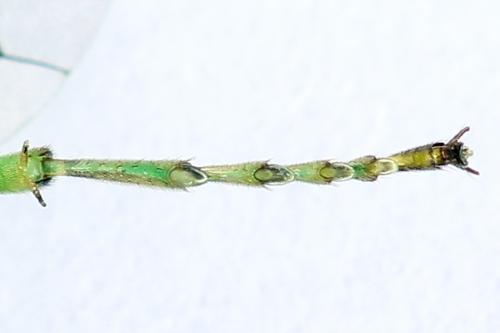
Andrey Ponomarev : Russie : Orekhovo-Zuyevo : 142601 : 26/01/2019
Altitude : 123 m - Taille : -
Réf. : 225017
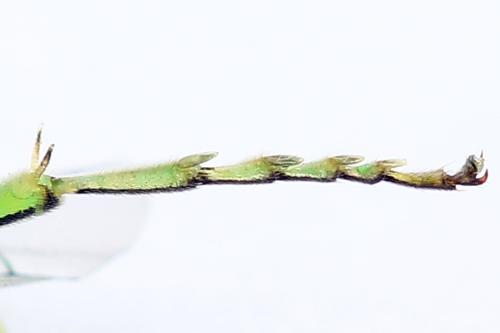
Andrey Ponomarev : Russie : Orekhovo-Zuyevo : 142601 : 26/01/2019
Altitude : 123 m - Taille : -
Réf. : 225018
